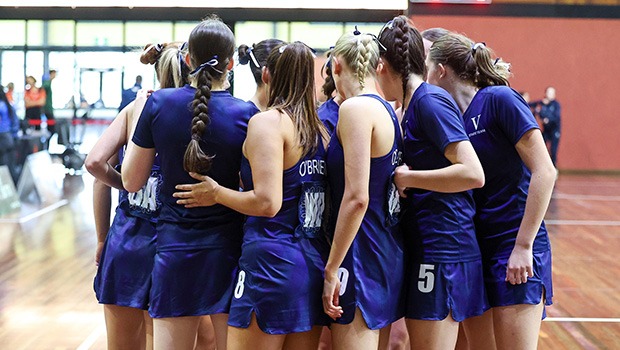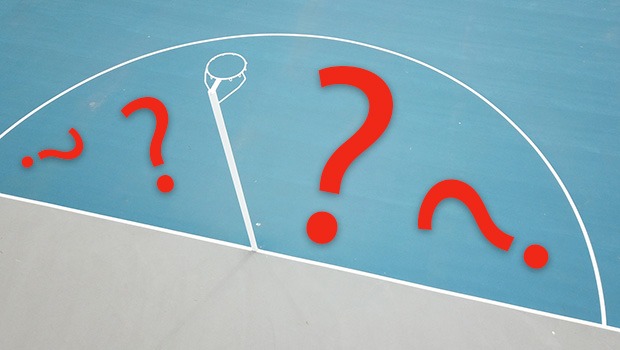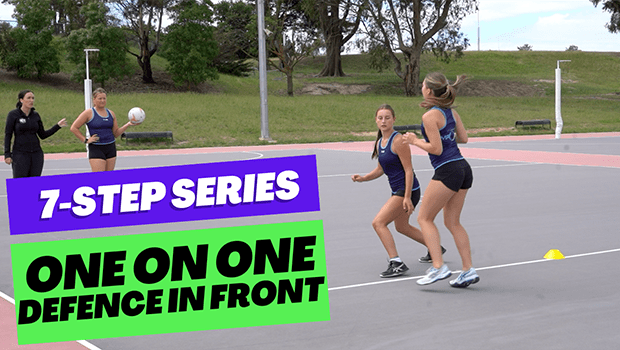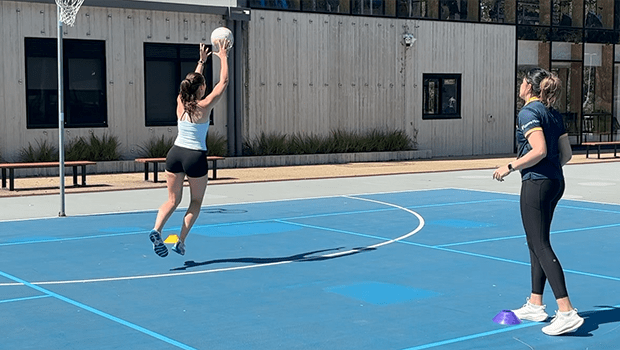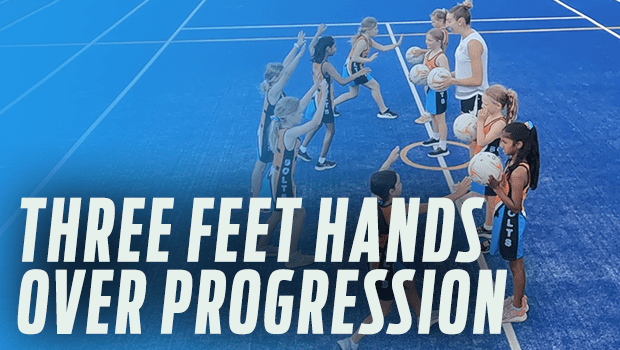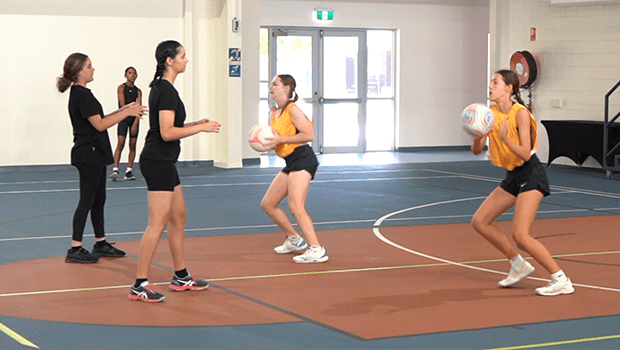The great strength of the best defensive teams is their ability to switch seamlessly between multiple defensive styles throughout a game.
It’s incredibly confusing for an opposition team when one minute your players are wearing them like a glove, and the next they’re sitting in awkward spaces and clogging up all the best avenues to goal.
One of those defensive styles or strategies, of course, is a zone defence. The Silver Ferns are famous for it, and all elite teams have some sort of defensive zone structure in their arsenal that they can put in play to throw off an opposition team’s attacking flow and gain some turnovers.
And it’s something you can introduce with your team, too.
SIGN UP: ACCESS ALL OF OUR DRILL VIDEOS WITH LIVE COACHING!
Now, it’s important to note that not all players and teams will pick up zone defence skills quickly. It’s crucial that they master each skill along the way, before you try and progress to the next one, or they’ll find it difficult to do the next skill effectively. And if one player is unable to play their role effectively in a zone, the entire structure is almost certain to break down.
We’ve written an article previously about why it’s not necessarily the best idea to teach a zone defence to young players, as they’re often yet to master the basic defensive skills and game awareness they’ll need in order to put out a zone successfully.
However if your players are ready for it, you can use the following plan with your team over a number of sessions (perhaps 3-5) to build them up to putting out a zone against opposition teams.
1) DEFENSIVE PARTNER CALLING
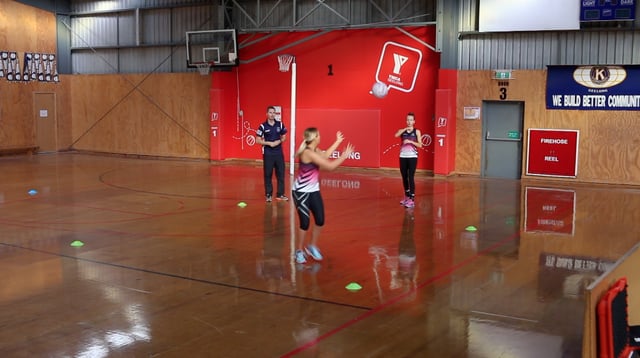
One of the most challenging aspects of teaching a zone to players for the first time is getting them communicating with each other. Communication is critical within a zone structure, as the team must move and work as a unit to ensure they’re covering all the right areas and not leaving anyone exposed. This drill gets players used to talking and directing each other in a court situation, as well as reacting to those instructions.
2) CREATING THE INTERCEPT
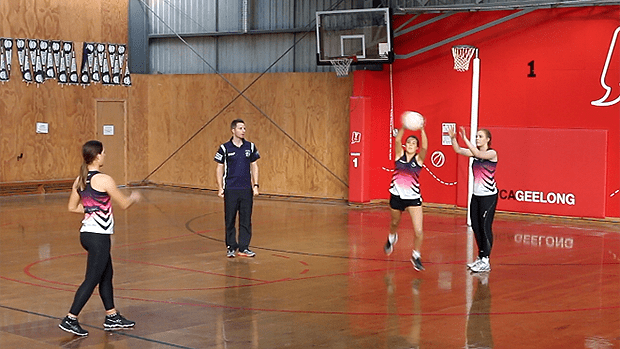
Of course, the reason you’re doing a zone in the first place is to force the opposition into an error, or force them into a long, high pass that your players can attempt to intercept. This drill introduces players to basic intercepting skills – both moving forward onto the ball and into the backspace – and allows them to experiment with how much distance they can allow their opponent to have, and still successfully intercept the ball.
3) TECHNIQUE FOR LOB INTERCEPTS
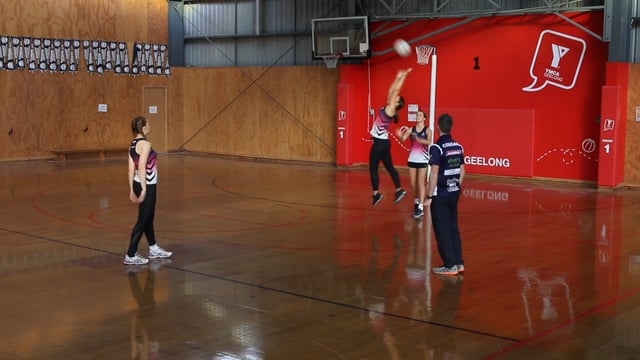
A large percentage of the opportunities good teams will create for turnovers in a zone will be from forcing/encouraging the opposition to make high passes across the court or down the court into a goal shooter. As a team, we don’t want to let that hard work and those good opportunities go to waste, so this drill works on defenders improving their technique for moving back with the flight of the ball and elevating to attempt to take an intercept at the highest possible point.
4) TANDEM PAIRS
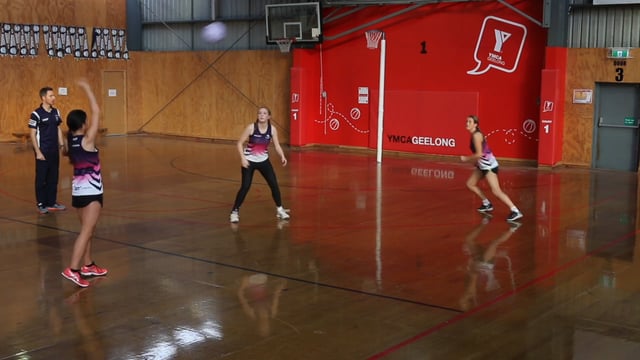
You’re probably wondering when your players will actually get to start working together in some sort of structure. But it’s only after mastering those important basic skills that they can start moving onto the team aspect of . This drill incorporates elements of all three of the previous drills: communication, moving back and up to intercept the ball, and reacting to a pass with a forward movement.
5) CREATING THE INTERCEPT AS A UNIT
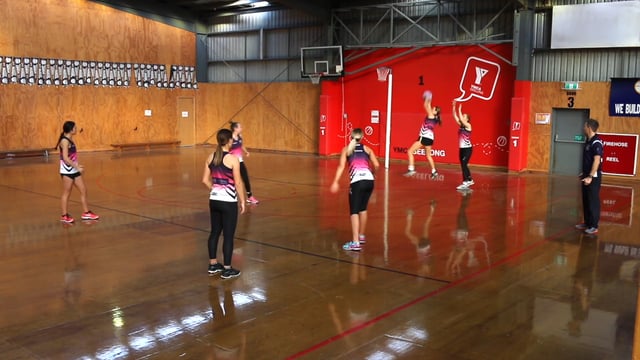
Mention a zone to most coaches and the first thing that will probably come to mind is some sort of structure with players at the front, and intercepting players at the back. That’s what you’ll be focusing on here – introducing the concept of your front players shifting and “offsetting” to cover the action up front, while your back player adjusts their positioning to be in the best position to intercept a long pass, as well as encouraging the opposition team to make that long pass in the first place.
6) SHIFT THE BOX
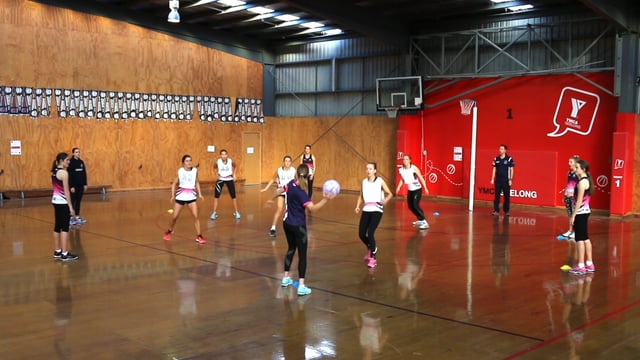
Now we’re really getting into it! In this drill, you’ll introduce a “box” structure that’s very similar to what your players will put out on court in a game. It allows them to practice moving and adjusting as a unit when the ball is swung around the court, as well as coming out of that structure when opportunities present to intercept the ball.
7) CENTRE THIRD ZONE
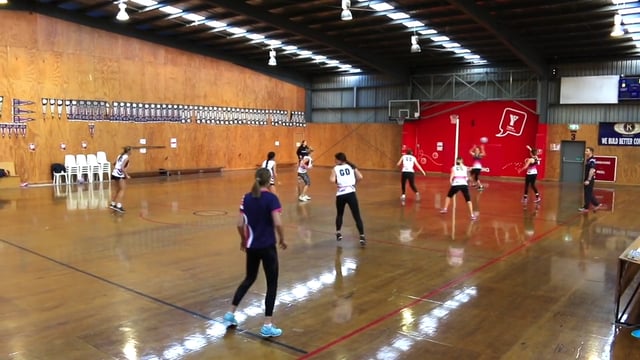
Time to put it all together in a court situation. While you can play a zone in any part of the court, in this demonstration we set it up in the centre third and just into our attacking third, applying pressure on the opposition’s goal keeper, goal defence, wing defence and centre as they bring the ball down court and trying to force them into a risky pass that results in a turnover before they are able to transition the ball into attack. If your players have mastered all of the skills they’ll need, give this one a go at training and then slowly introduce it throughout some of your matches, and see if you can have some success!
